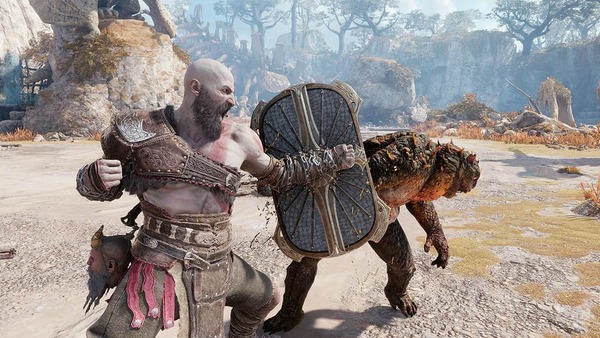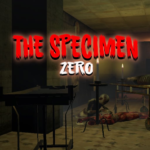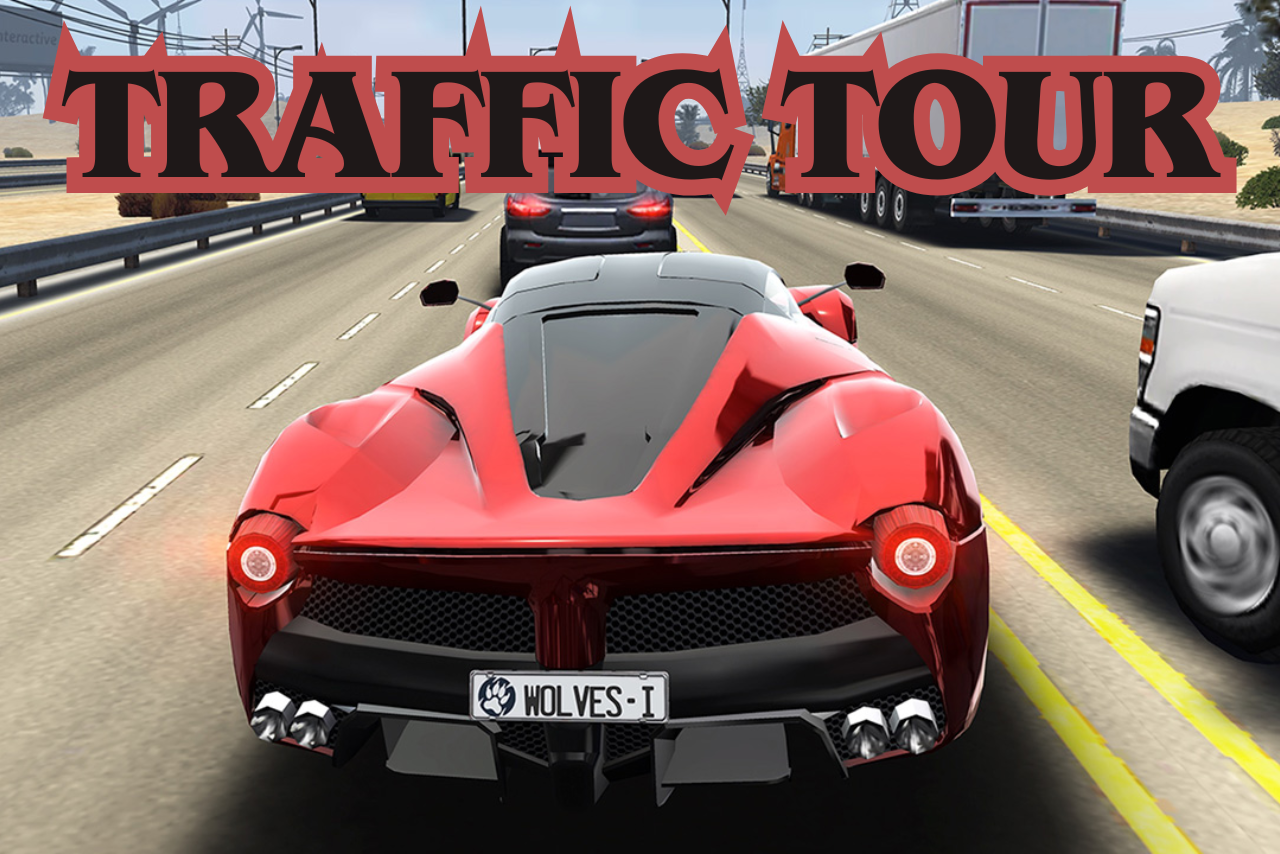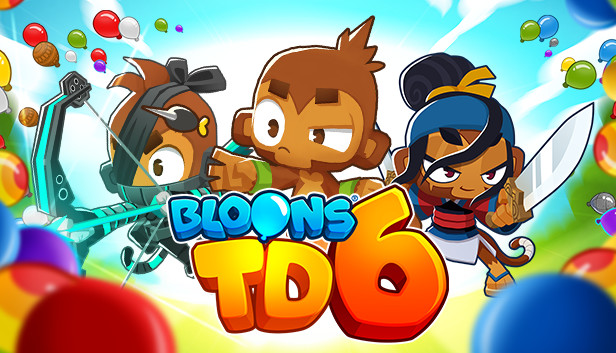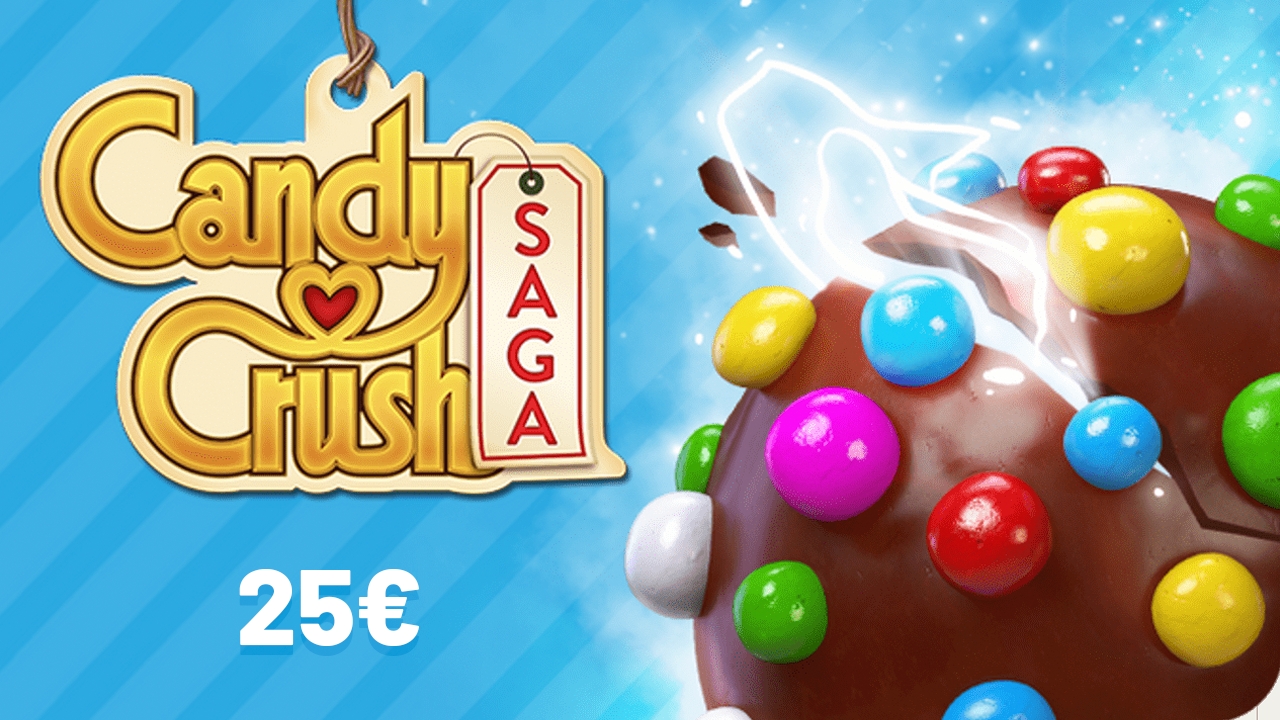Sonic the Hedgehog™ Classic – The Timeless Speed Icon of Gaming
Introduction
Sonic the Hedgehog™ Classic is one of the most iconic and influential video games of all time, originally developed by SEGA in 1991. This title introduced gamers worldwide to Sonic, the blue blur with supersonic speed and attitude. Designed as SEGA’s flagship franchise to compete with Nintendo’s Mario, Sonic the Hedgehog became a cultural phenomenon. The classic game’s fast-paced platforming, memorable music, and innovative level design have made it a lasting favorite across generations. This article explores the history, gameplay, legacy, and enduring appeal of Sonic the Hedgehog™ Classic.
1. Origins and Development
The Birth of Sonic
In the late 1980s, SEGA needed a mascot to rival Nintendo’s Mario. Sonic the Hedgehog was created by Yuji Naka, Naoto Ohshima, and Hirokazu Yasuhara. Sonic’s design emphasized speed and coolness, setting him apart from the more traditional platformer heroes.
Development Challenges and Innovations
Developed for the SEGA Genesis/Mega Drive, Sonic the Hedgehog was engineered to showcase the console’s processing power. The game featured smooth scrolling backgrounds, fast gameplay, and intricate level design that leveraged the hardware’s capabilities better than most competitors.
2. Gameplay Mechanics
Speed-Based Platforming
Sonic the Hedgehog™ Classic introduced a new style of platforming focused on speed. Players control Sonic as he races through levels, collecting golden rings and avoiding enemies and obstacles. The faster players go, the more exhilarating the experience.
Ring Collection and Health System
Rings serve as both collectible points and Sonic’s health mechanism—getting hit causes Sonic to lose rings rather than instantly dying, providing a forgiving but thrilling gameplay loop. Players must quickly recollect rings to avoid losing a life.
3. Level Design and Stages
Iconic Zones
The game features six main zones: Green Hill, Marble, Spring Yard, Labyrinth, Star Light, and Scrap Brain, each with distinct themes, enemies, and challenges. The levels balance high-speed sections with platforming puzzles and enemy encounters.
Boss Battles
At the end of each zone, players face Dr. Robotnik (also known as Dr. Eggman) in creative boss fights. These encounters test timing and precision, providing climactic challenges that break the level-running rhythm.
4. Visuals and Soundtrack
Art Style and Graphics
The classic pixel art style of Sonic the Hedgehog™ Classic is bright, colorful, and full of personality. Its detailed backgrounds and smooth animations brought the game world to life, creating an immersive atmosphere that still holds nostalgic charm.
Memorable Music
Composed by Masato Nakamura, the soundtrack blends catchy melodies with upbeat rhythms that perfectly match the fast gameplay. Tracks like “Green Hill Zone” remain iconic pieces in gaming music history.
5. Controls and Player Experience
Responsive and Fluid Controls
Sonic’s controls emphasize momentum, allowing players to speed up, jump, and loop-de-loop smoothly. The game rewards players who master the physics of momentum-based platforming, creating a satisfying flow.
Difficulty Curve
While early zones are accessible for beginners, later levels become significantly harder with complex platforming and enemy patterns, providing depth and challenge for experienced players.
6. Legacy and Impact
Influence on the Platformer Genre
Sonic the Hedgehog™ Classic set new standards for speed and level design in platformers, inspiring countless sequels and imitators. It helped define the 16-bit era and proved that fast-paced gameplay could be engaging and fun.
Cultural Phenomenon
Sonic became SEGA’s mascot and a pop culture icon, spawning comics, cartoons, merchandise, and more than 30 game titles across multiple platforms and generations.
7. Modern Re-Releases and Remasters
Porting to Modern Platforms
Sonic the Hedgehog™ Classic has been re-released on numerous platforms, including mobile devices, consoles, and PC. Many versions add quality-of-life features like save states and enhanced graphics.
Enhanced Editions
Collections like Sonic Mega Collection and remastered editions bring the classic game to new audiences while preserving the original experience, ensuring Sonic’s legacy endures.
8. Pros and Cons
Pros
-
Timeless, fast-paced gameplay that remains engaging
-
Iconic level design and memorable soundtrack
-
Intuitive controls with rewarding momentum mechanics
-
Strong replayability through speed runs and collectibles
-
Significant cultural and gaming industry impact
Cons
-
Some levels can feel repetitive after multiple plays
-
Difficulty spikes may frustrate casual players
-
Limited narrative and character development compared to modern games
-
Graphics, though charming, show their age to newer gamers
9. Tips for New Players
Master Momentum and Timing
Focus on maintaining Sonic’s speed while timing jumps carefully to navigate loops and gaps. Practice helps players anticipate enemy patterns and terrain changes.
Use Rings Strategically
Always try to keep rings to avoid losing a life. After taking damage, quickly recollect rings scattered nearby to stay protected.
10. Overall Rating and Conclusion
Final Evaluation
Sonic the Hedgehog™ Classic is a landmark title that remains a must-play for fans of platformers and gaming history. Its innovative gameplay, music, and style continue to inspire and entertain new generations.
Ratings Breakdown
-
Gameplay & Mechanics: 9.5/10
-
Visuals & Audio: 9/10
-
Level Design: 9/10
-
Accessibility & Replayability: 8.5/10
-
Legacy & Influence: 10/10
Overall Score: 9.2 / 10
Conclusion
Sonic the Hedgehog™ Classic is more than just a game; it’s a cultural icon that helped shape the landscape of video games in the 1990s and beyond. Its blend of speed, style, and challenge offers timeless fun, making it an essential experience for both nostalgic gamers and newcomers alike. Whether you want to relive the glory days or discover the origins of the blue blur, Sonic the Hedgehog™ Classic remains a thrilling, high-speed adventure worth playing.




